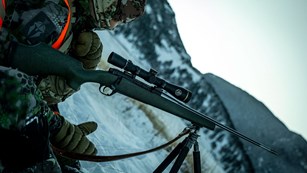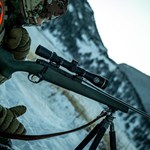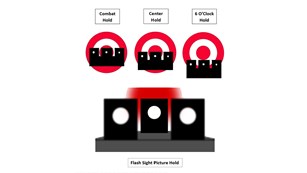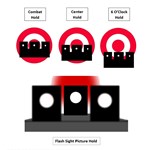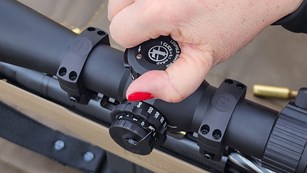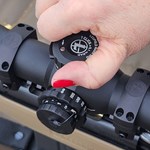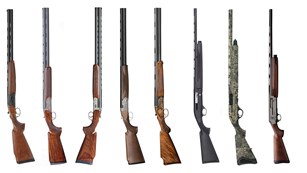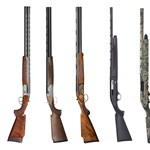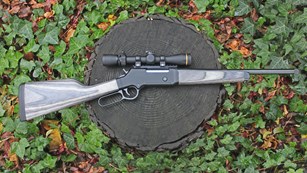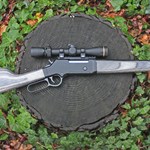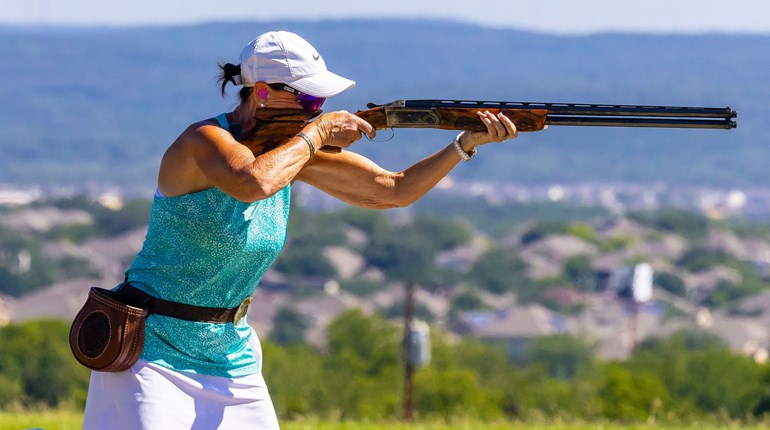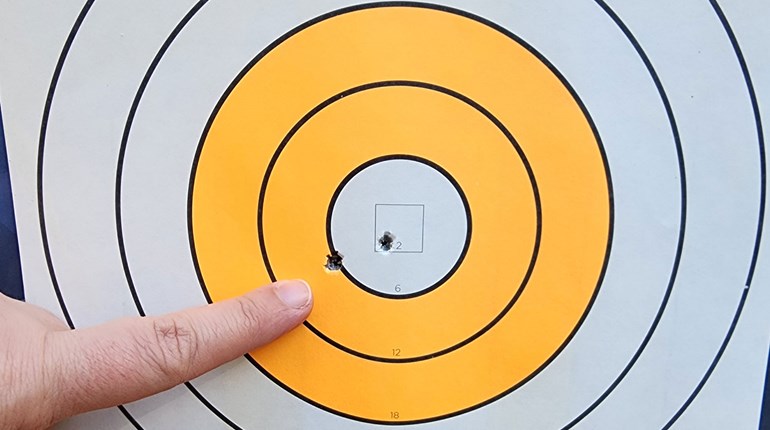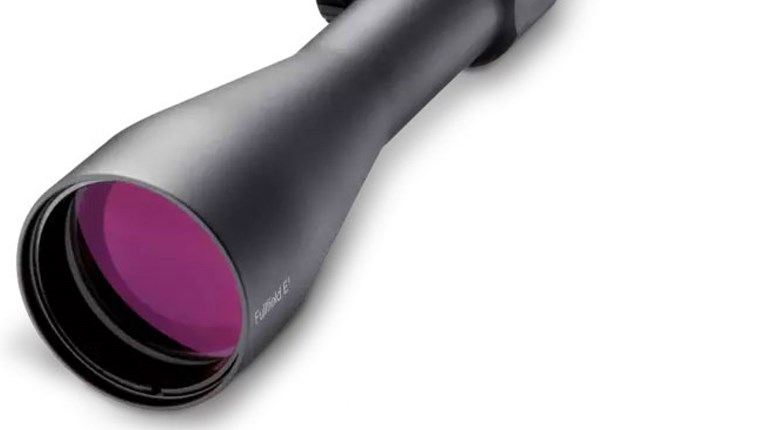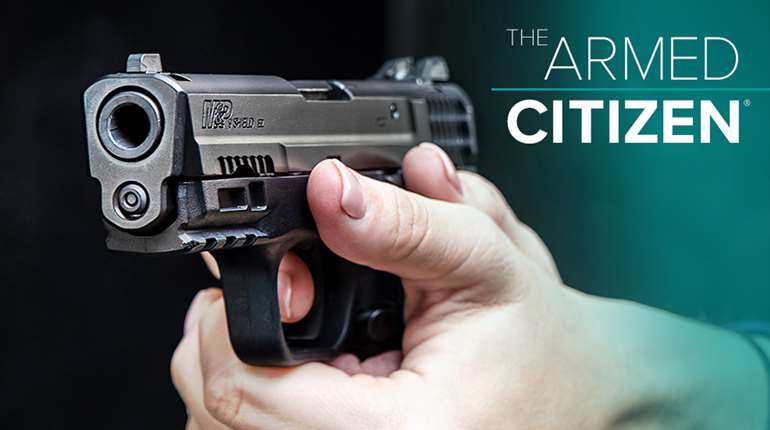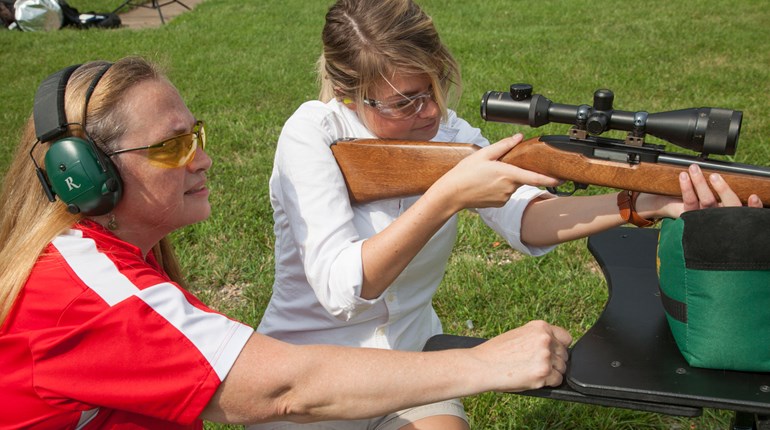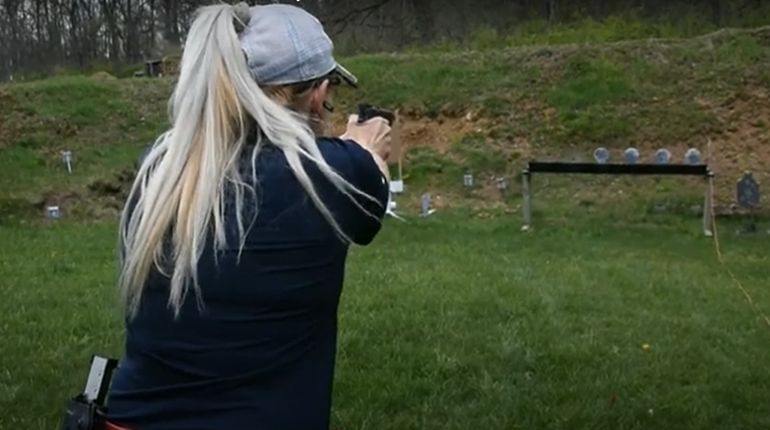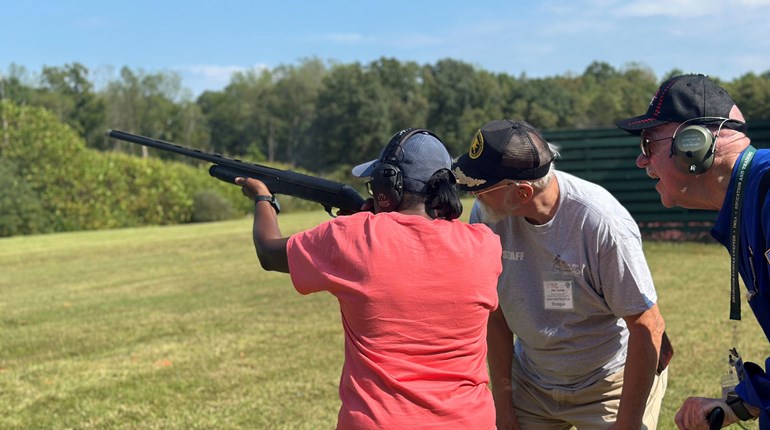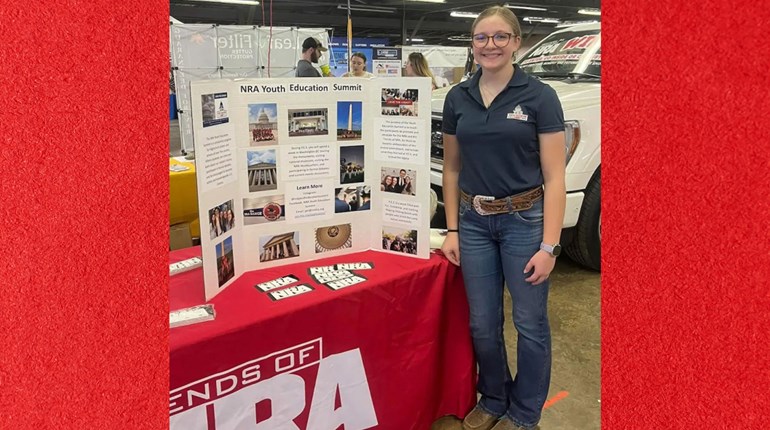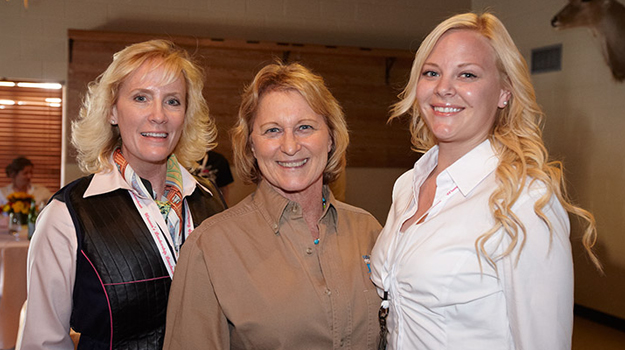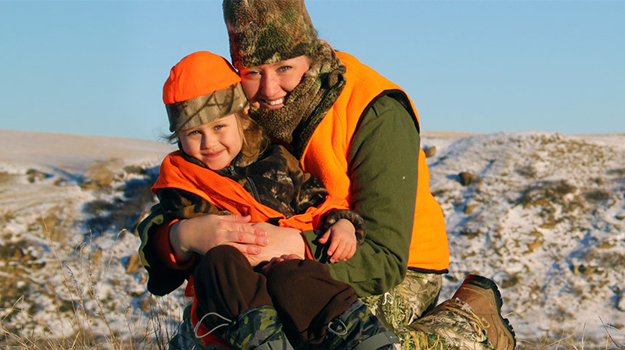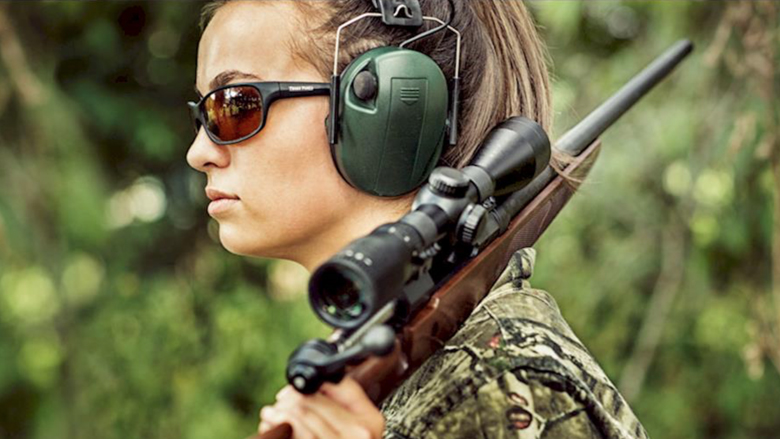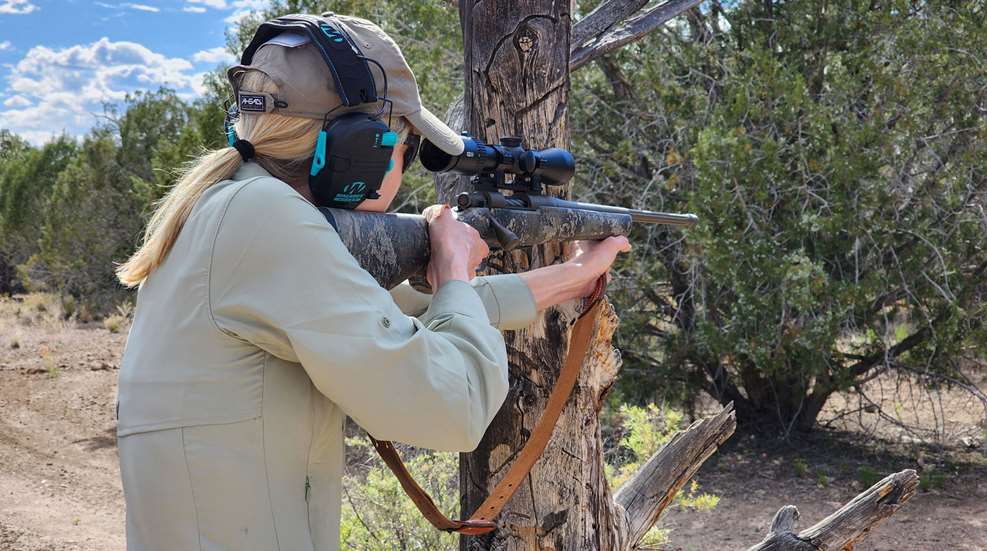
Long-range precision is the name of the game in rifle shooting these days, and modern bolt-action rifles—even basic, inexpensive ones—are capable of great accuracy and precision. And that’s absolutely a good thing! Who doesn’t love punching tight little cloverleaf-shaped groups in paper?

The precision craze has made its way into hunting, and that’s definitely not a bad thing, either. However, it’s possible to get into a “too much of a good thing” scenario when you’re hunting that can cost you. How?
First, a couple of definitions. While I’m going to use the terms “accuracy” and “precision” interchangeably here, as most people do, they technically do not mean the same thing.
Accuracy: How close your rifle is hitting to where you are aiming.
Precision: How close your shots are to each other (group size).
So, if you shoot a five-shot group where every shot is touching, that’s very precise. However, if it’s five inches to the left of where the crosshairs were aimed, it’s not very accurate, and you need to adjust your scope until you’re hitting what you’re aiming at.
Now, if you’re shooting a precision rifle competition, accuracy and precision are your top priorities: You’re trying to hit an exact spot every time. When hunting, this matters, of course—we need to hit the animal we’re aiming at in its vitals for a quick, efficient harvest—but that “exact spot” is less of a point and more of a zone.
Decades ago, our grandfathers sighted in their rifles to hit a pie plate. If you could hit the plate at 50 or 100 yards or whatever distance you planned to shoot at, you were good to head to the woods. That sounds absolutely nuts to us today, because we’ve gotten used to rifles that can shoot precise little groups the size of a silver dollar, and we’ll spend hours at the range dialing our rigs in until we get our groups from pie-plate size to practically touching.
I’m not saying Grandpa’s way is better, but it wasn’t that bad, either. The vital zone on a white-tailed deer is about an 8- to 10-inch circle—suddenly, that pie plate (average: 9 inches) makes sense, doesn’t it? As long as he could keep every shot in that circle, Grandpa really could kill a deer every time.
Of course, more accuracy is better, and I’m glad we’ve gotten away from the pie-plate days. However, in our search for greater and greater accuracy, some of us have inadvertently handicapped ourselves. The reason is that accuracy takes time. Not always a lot of time, but if an animal is a few hundred yards out and you’ve got to dial your scope, find a specific hashmark in your scope, or do some quick Kentucky windage math in your head, you’re spending valuable time. If you’re so worried about accuracy that you’re taking too much time and waiting for the absolute perfect sight picture—which we seldom get in the field without a perfect rest—you could be costing yourself opportunities.
Unlike the range, where the paper targets just stand there indefinitely waiting to be shot, hunting is dynamic. The situation changes from moment to moment, and sometimes you get only the briefest of windows to drive a shot into that pie-plate-sized zone. Getting too obsessed with hitting an exact spot can take just long enough for an animal to disappear or get bunched up in the herd.
Where’s the balance between speed and accuracy? Of course, we don’t want to just point and shoot—we still have to line up our shot properly. But once it’s lined up on the vital zone, stop hesitating and wondering whether you can dial it in a couple more inches. Stop waiting for the crosshairs to stop their little wobble (they probably won’t). Pull the trigger. Famed gunslinger Wyatt Earp is credited with saying, “Fast is fine, but accuracy is final. You must learn to be slow in a hurry.” That sums it up well—we must be accurate first, but we have to do it quickly. If that means shooting a four-inch group instead of a sub-MOA group, so be it. That’ll get the job done on big game.
You’ve probably also heard the term “slow is smooth and smooth is fast.” And that is the crux of the matter: The more you practice from field positions, the faster you’ll be and the more accurate you’ll become. I’m not telling you to be satisfied with pie-plate-sized groups at the range. You should absolutely dial your gun, scope and ammo in until you’re shooting the tightest groups you and the gun are capable of. When it comes time to hunt, you’ll have confidence that your shots will go where you’re aiming, and you can relieve yourself of the pressure to put a shot on that one specific tuft of hair you’ve picked out over a deer’s heart. If you need to shoot a second or two faster to capitalize on the opportunity, you’ll know that you have a little leeway in your accuracy to hit that pie-plate-sized vital zone.
